Forget the internet — Black Panther has practically broken the Box Office, smashing ticket records and expanding the Marvel Cinematic Universe in powerful new directions.
Empire’s Chris Hewitt spoke to the film’s director, Ryan Coogler, and executive producer, Nate Moore, for a spoiler special edition of the Empire Podcast, and they clued us in on everything from a significant deleted scene, to the influence of Tupac, and the reason for that cameo in the final post-credits sequence.
Of course, this contains MAJOR SPOILERS from the entire film — so stay away until you’ve had your own chance to visit Wakanda.
1) The working title was Motherland
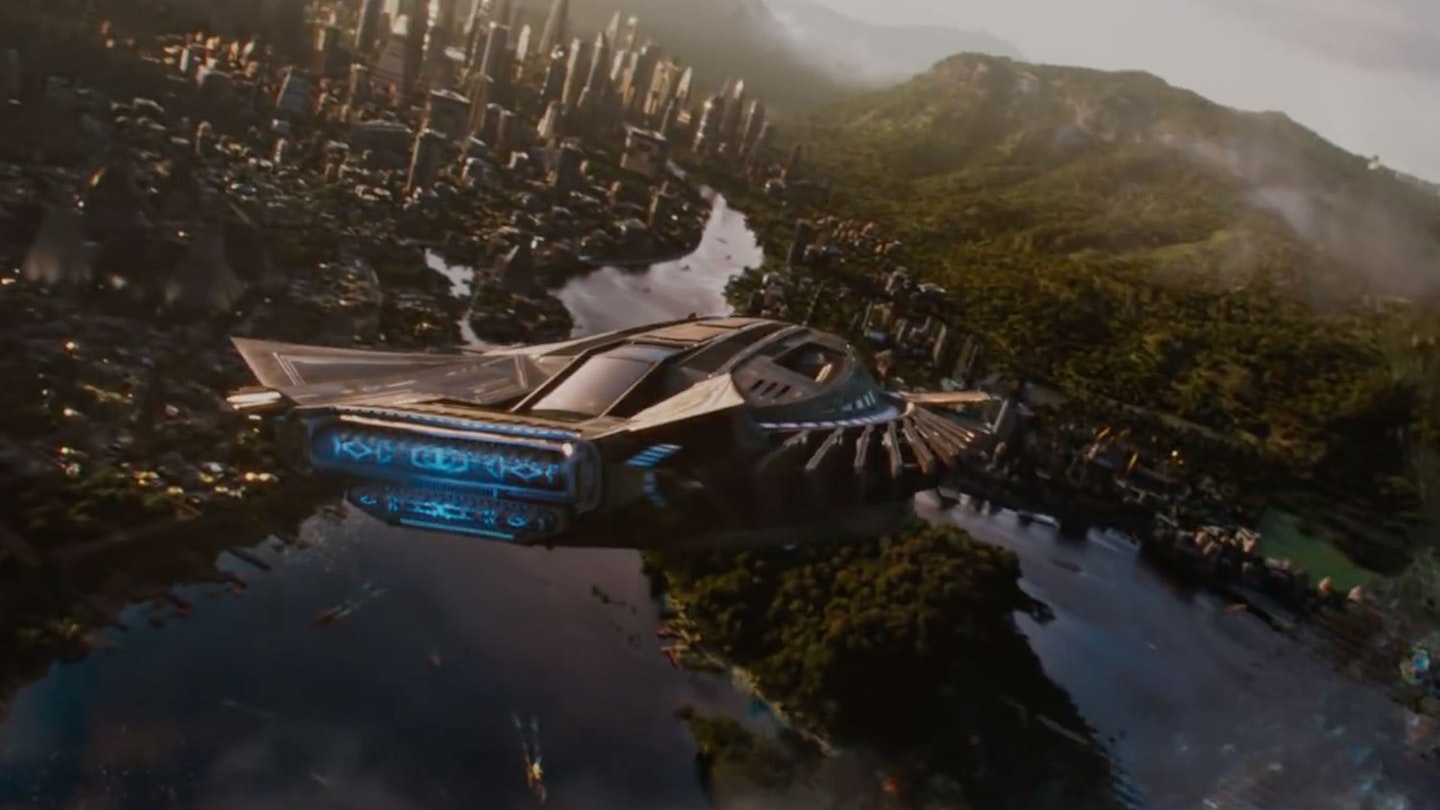
As usual for major blockbusters, Black Panther shot under a secret codename to try and remain off the radar. In a fitting reference to Wakanda, the working title was Motherland. "I'm fresh off two years of everything being secret," Coogler said at the start of the interview. "The movie title we couldn't even use. People say Black Panther, I've still got to think about it. It was Motherland for so long."
2) Killmonger's mission was inspired by the British Museum — even though Coogler wasn't allowed to shoot there
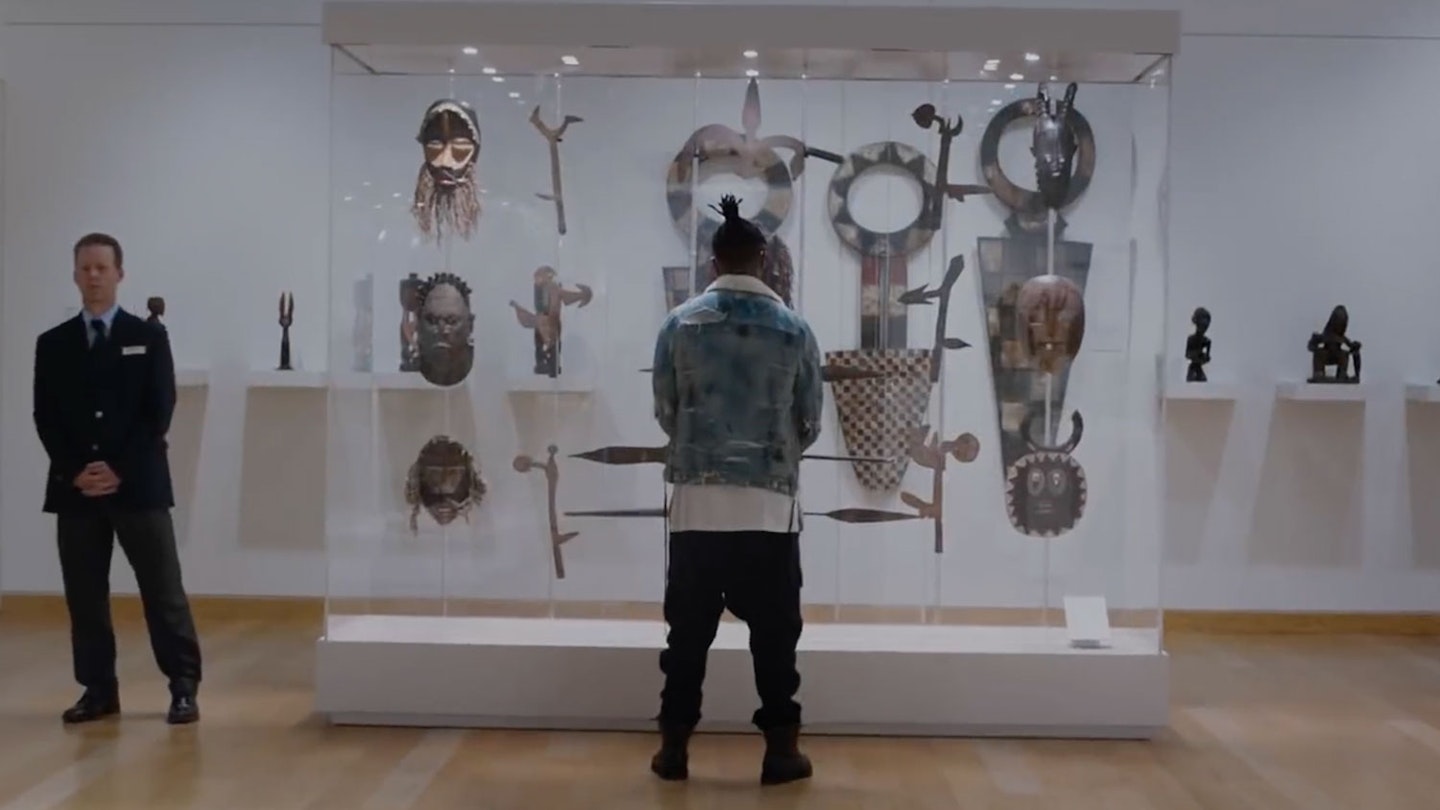
Audiences more familiar with London's museum scene probably noticed that the Museum of Great Britain isn't a real thing — but its inspiration definitely was. "That museum does not exist, because we couldn't get the British Museum cleared," Coogler confirmed. He also revealed that his own visit to the British Museum helped spark off ideas for Killmonger's motivations. "I got the idea for that scene here, I was here in the UK for press for Creed," he said. "The British Museum is amazing, just being in there and thinking about the character of Killmonger, thinking about Wakanda […] its relationship with colonisation. Being in that museum and seeing these incredible things from all over the world, and just how complicated that is."
3) The 'building bridges' line is an old African proverb

T'Challa's line in the post-credits UN scene ("In times of crisis, the wise build bridges while the foolish build barriers") may sound like an intentional Donald Trump dig, but the line was written before the election and comes from an surprisingly relevant African proverb that Coogler's wife found. "We were looking for African proverbs to go with this speech and we found that one," he explained. "That saying is so ancient that many African tribes claim it. It's a very common proverb on the continent."
4) The UN post-credits scene could have been the main ending
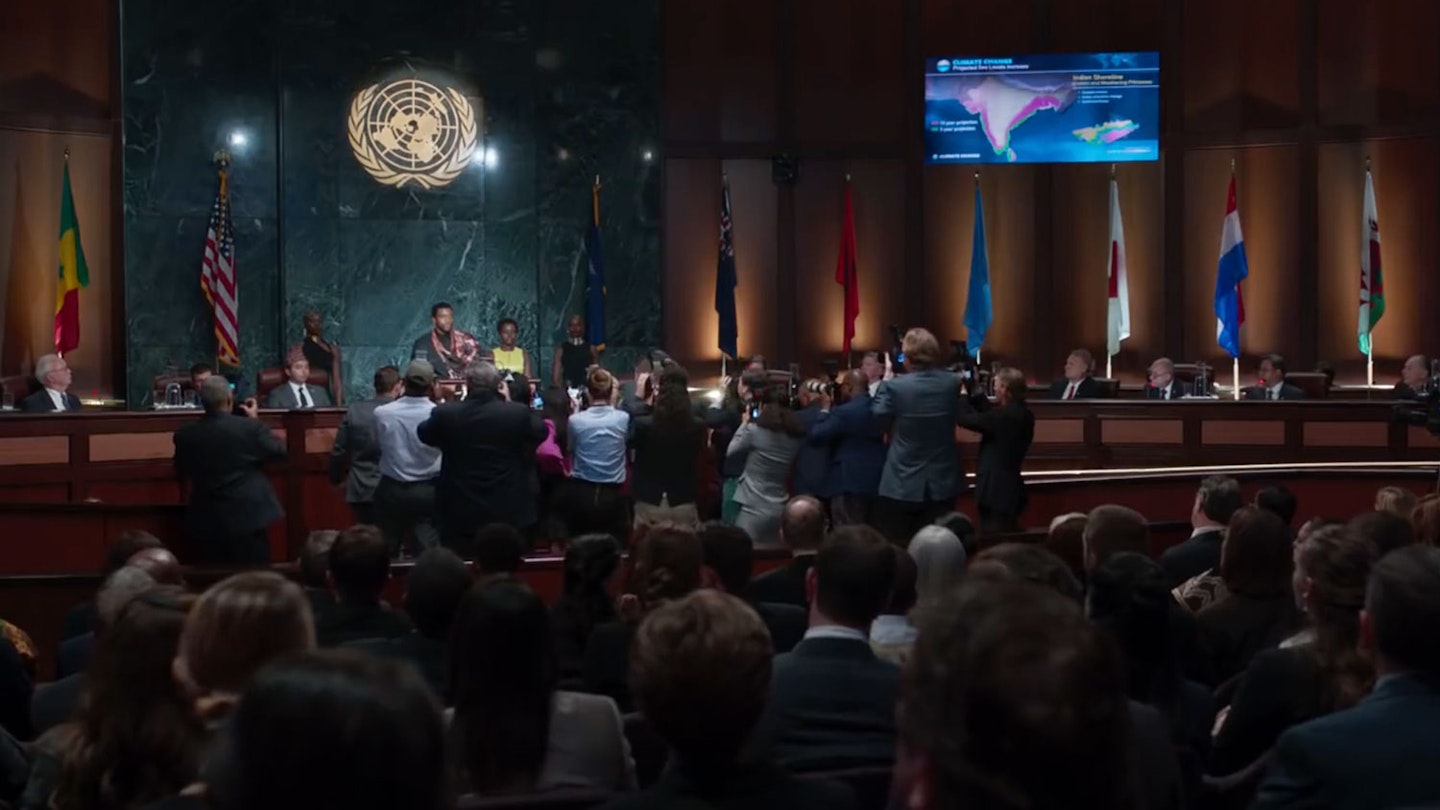
The moment where T'Challa reveals Wakanda to the United Nations takes the film's mid-credits spot, but it could have been the main ending. Instead, Coogler wrapped the film up in Oakland, mirroring the opening basketball court sequence. "I like movies that end where they start. I feel like it's a complete meal, there's a symmetry there," he said. "We played with a lot of different ways to end it. It came back to the most moving version of it. Who is more moved emotionally — that kid, or the people sitting in that UN? Who is that a bigger deal to?"
5) The setting of Oakland was partly inspired by Tupac
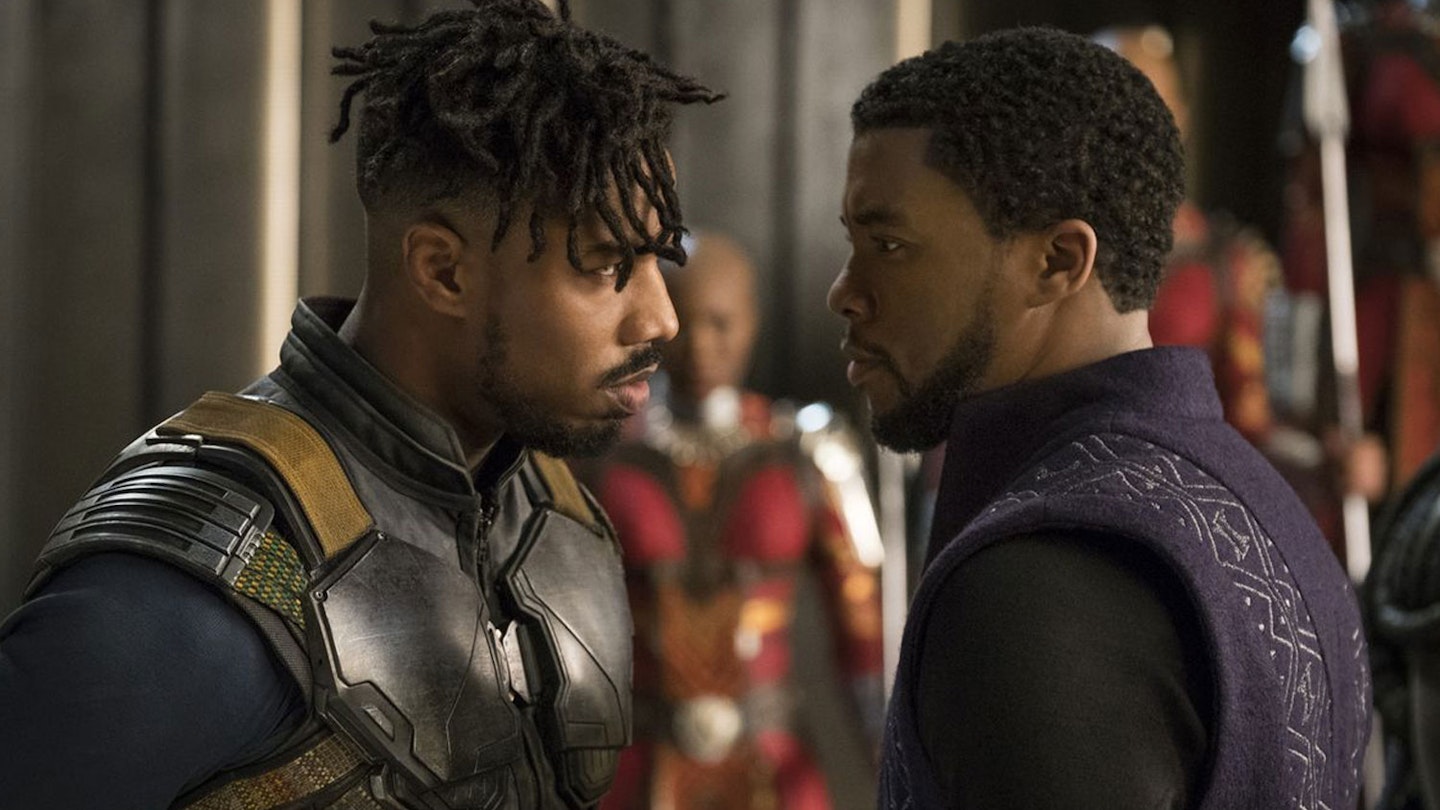
Away from Wakanda, the Californian city of Oakland is one of Black Panther's key locations. As well as being Coogler's home city, it’s significant as the place that defines Killmonger and his father. "In the Nineties, where would be a place where [Erik's] father, a Wakandan spy could go to be exposed to these points of view? Not points of view that are radical, but him being a Wakandan and being exposed to these things could lead to the conclusion and the choices that he makes. Oakland was that," Coogler said. He also noted Oakland as the home of Tupac Shakur. "We wanted to bring the energy of Tupac to a Marvel movie. That's where 'Pac spent a lot of his time, the 'Pac that we know came from his time in the Bay Area. Black people got to California and the Bay Area from repeated migration, fleeing awful things. And that's where you saw these organizations [like the Black Panther Party] come from. They ran out of places to run."
6) The death of Ulysses Klaue echoes the hunt for Bin Laden
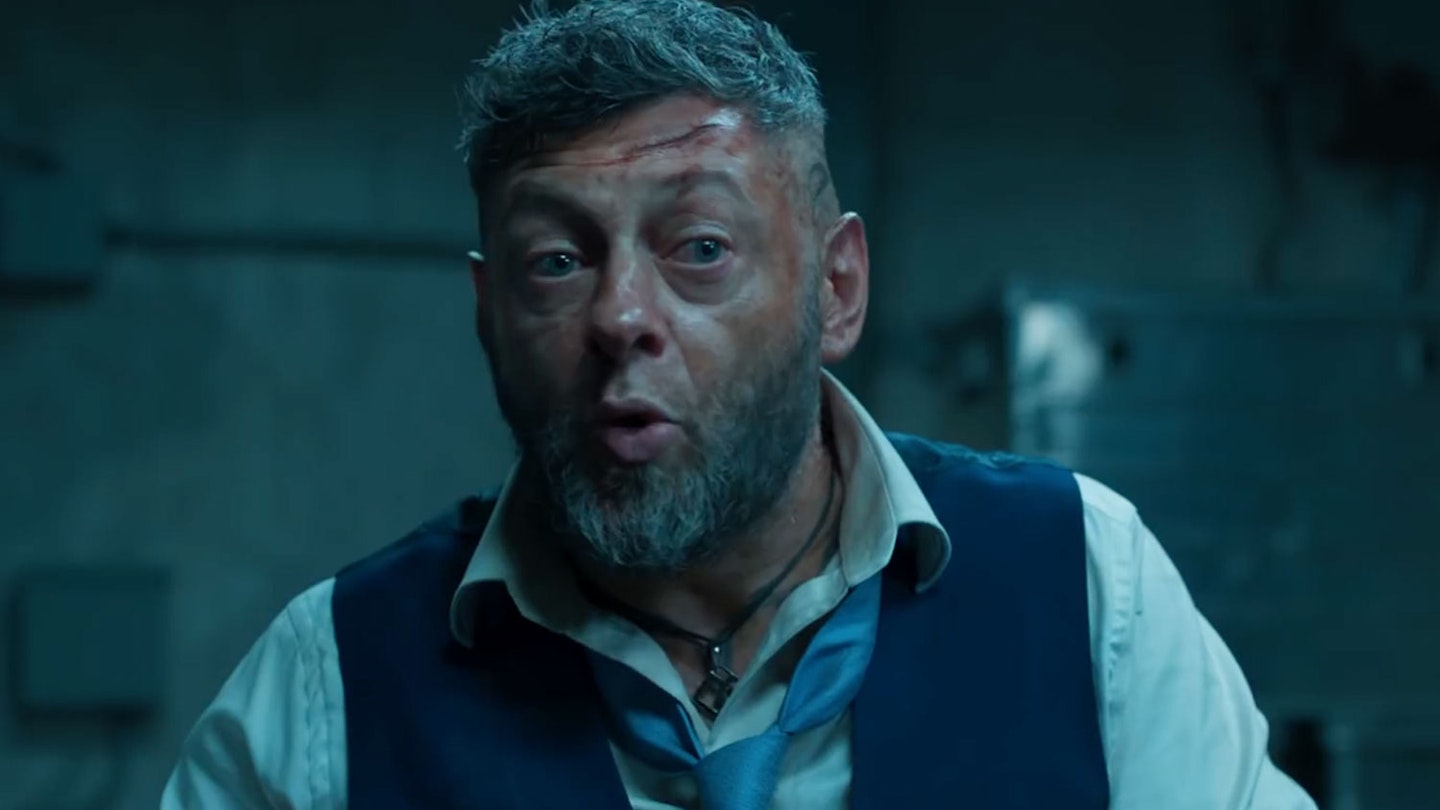
Killmonger's entrance to Wakanda comes on the back of his 'triumphant' capture and kill of the Most Wanted Ulysses Klaue — an idea that Coogler says came from the search for Bin Laden. "We wrote this when Obama was in office, so there was kind of a Bin Laden parallel there," he explained. "What if somebody else brought Bin Laden in instead of Obama? For T'Challa, it's all-important that he gets this guy, it's very important to him, his country. And then somebody else does it and throws it in his face."
7) Killmonger's perspective was inspired partly by Embrace of the Serpent
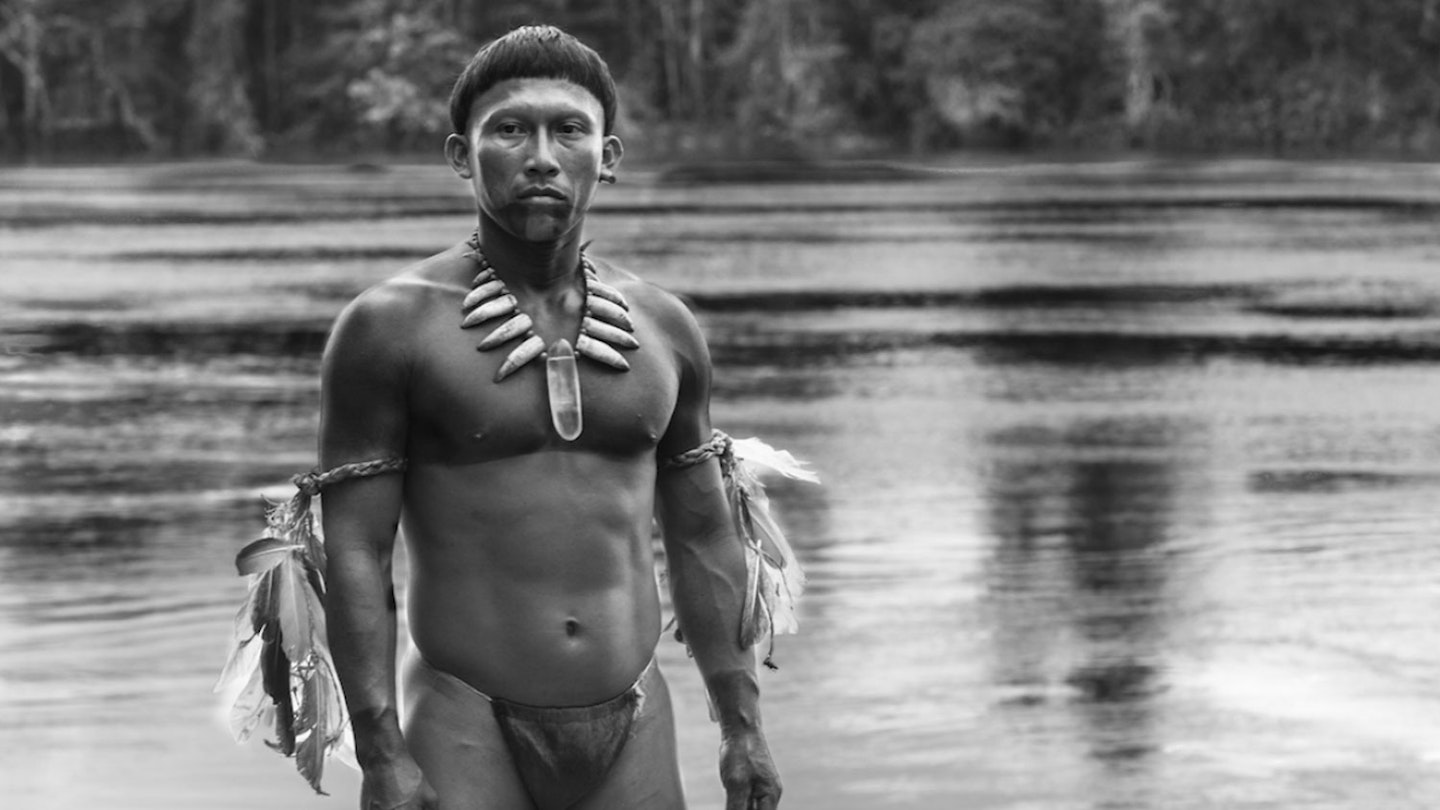
One of the more surprising influences on Black Panther that Coogler names is Ciro Guerre's Embrace of the Serpent. The black-and-white drama, about the last days of an Amazonian tribe, helped shape an integral part of Killmonger's outlook. "There's a scene in the film where you see these kids from an Amazonian tribe, and a missionary is disciplining them and trying to teach them this new religion, this new way of life. But these kids are too old. They're still young, but they're old enough to know the old ways of life, so they're struggling. They end up — SPOILER ALERT — killing the missionary. You come back to see the kids 20 years later, and they're horribly lost. There's this sentence that the shaman in the film says: 'They worshipped both worlds.' Killmonger had a connection to Wakanda, but the connection was taken away from him before he could mature. All he really has of Wakanda is his book, his broken ideas of what it is. He adopts things from African cultures, but in a way it's corrupted. Scarification on the continent of Africa is not what you do for killing people, but he's adopted it to that. He has the worst tendencies of both places."
8) Black Panther's Civil War introduction was written in to skip the origin story trap
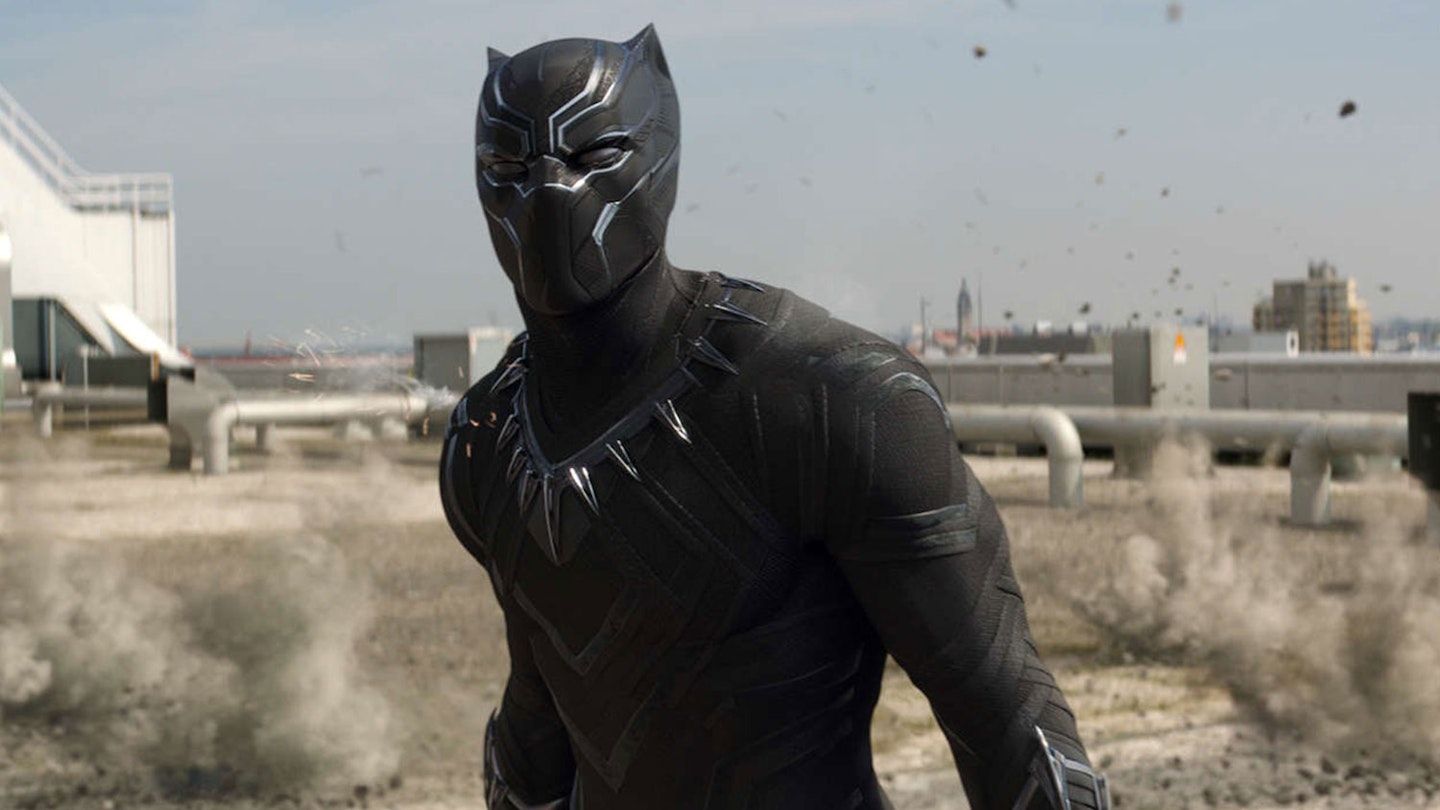
While Black Panther has the task of introducing Wakanda and a whole host of new MCU characters, Captain America: Civil War viewers already know how and why T'Challa takes on the mantle of King of Wakanda and Black Panther. Moore explained that Black Panther's early introduction was intended to free up the story for Coogler's film. "In 2010 we started developing a standalone [Black Panther] movie with a very talented writer, and we soon found ourselves falling into the pitfalls of an origin story movie and that familiar structure," he said. "We saw an opportunity to introduce a character in a different way, that both served that movie really well, would be a great launching pad for the character, and allow us to do a film that could skip all of the origin story pitfalls and just tell a cool story."
9) The opening Wakanda prologue was almost told by a different character
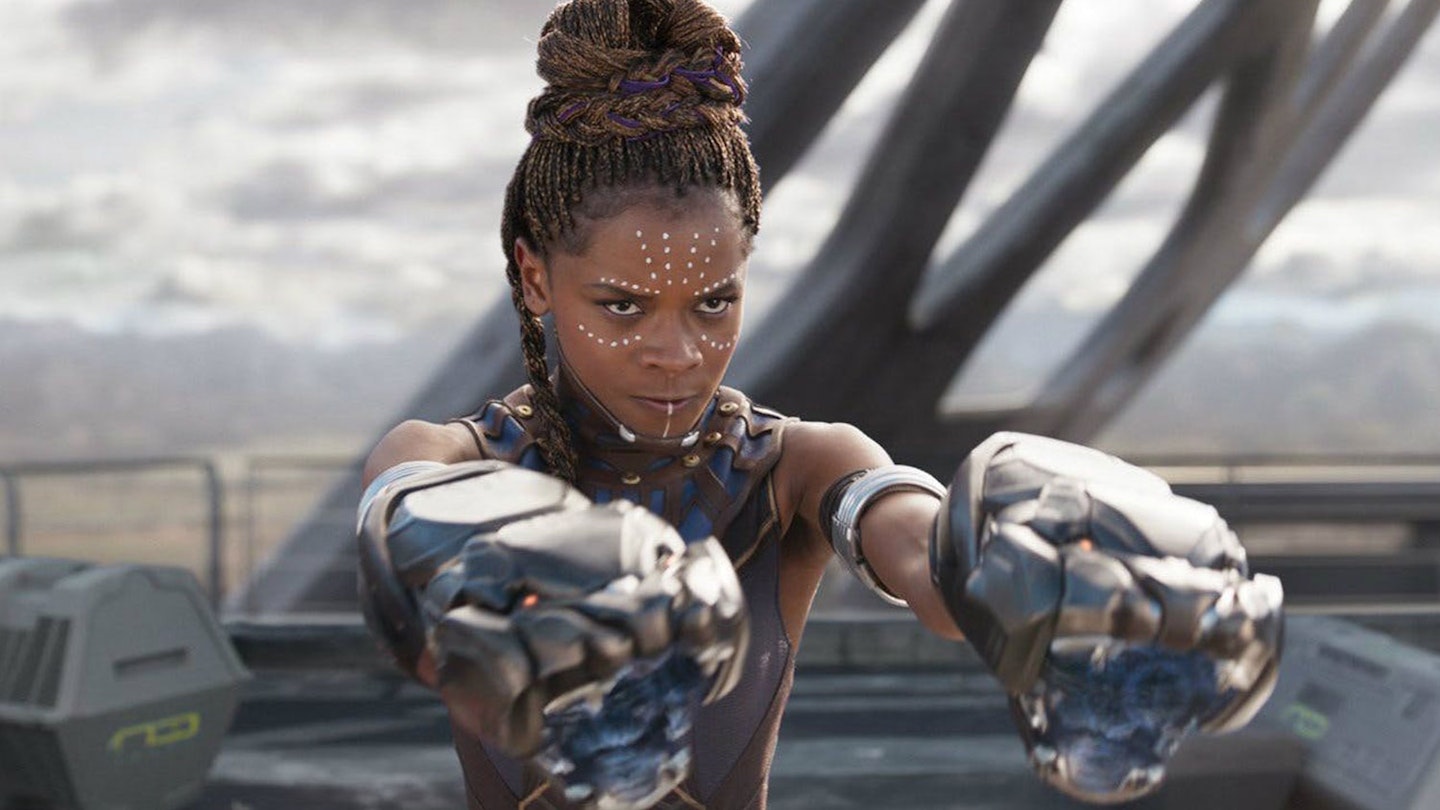
Black Panther's stylish opening sequence explains the history of Wakanda and Vibranium, but it also has relevance for the character telling that story. "We landed on N'Jobu telling the story to his son, which wasn't our first choice, but ultimately felt really satisfying," said Moore. "Hopefully on repeat viewings you go, 'oh that's who I was listening to, OK that's cool'." Other variations including T'Chaka talking to T'Challa, T'Chaka talking directly to the audience, or Shuri delivering Wakanda's backstory. "They were all viable and interesting, but emotionally I think this is the best version," Moore concludes.
10) A 'powerful' scene between Okoye and W'Kabi was cut
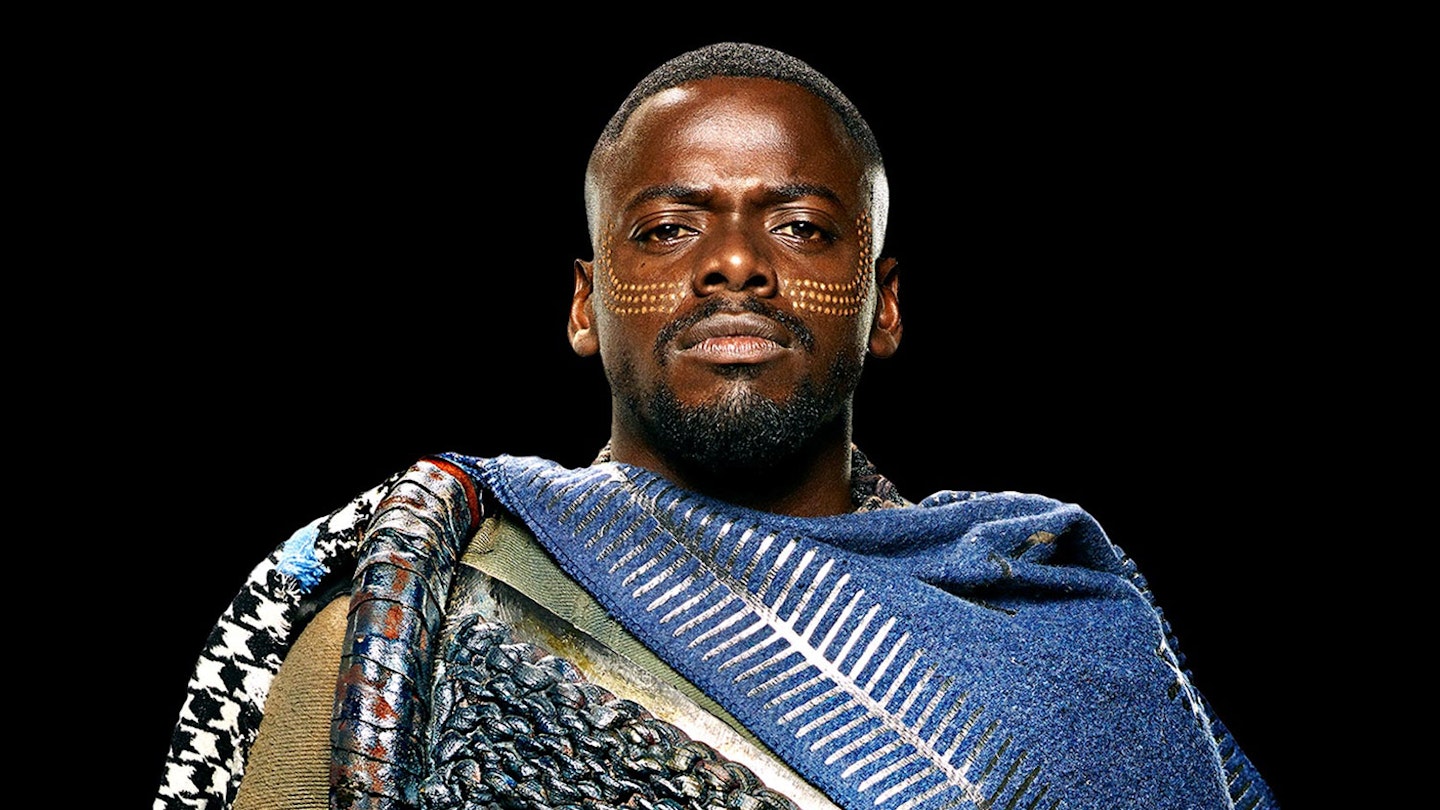
Moore hails a "powerful" deleted scene where Okoye and W'Kabi debate whether or not to follow Killmonger as "one of the most well-acted scenes I've ever been a part of." It was removed to keep up momentum in the film’s second half, but he assured us that it will be one of the bonus features on the Blu-ray.
11) The post-credits scene puts Bucky back in the picture for Infinity War — and he could have had a new arm in it
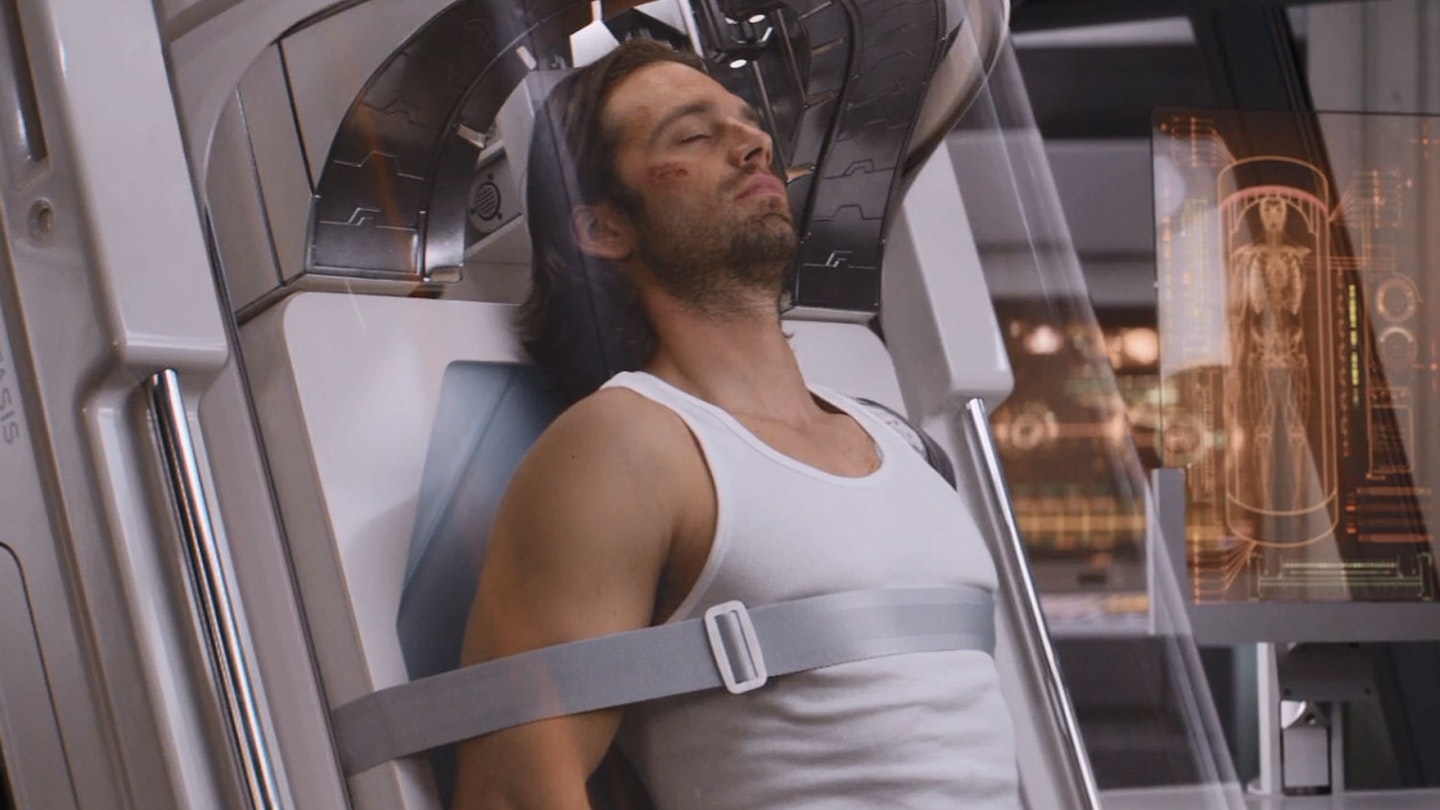
Bucky was dispatched to Wakanda at the end of Civil War, and the post-credits sting of Black Panther shows how much he's recovered. According to Moore, the scene puts Bucky back in the picture for the next Avengers, no longer brainwashed. "We also wanted to hint at, 'OK he's fixed?' What does that mean going forward? We do have this little film called Avengers: Infinity War coming up. We wanted to have Bucky back and up and around, because he will have a role to play in that film."
While the finished scene sees the former Winter Soldier still without his signature bionic arm, that wasn't always the case. "We did discuss [giving him a new arm]," Moore confirmed. "There was a version when it was in, there was a version where it was out. The truth was, he felt more human when he wasn't whole in Winter Soldier. He could just be Bucky and that's why i think it was important for him as a character to go, 'not Sergeant Barnes, my name's Bucky. I am a person, I am no longer a soldier'.
Listen to the full Empire Spoiler Special Podcast for Black Panther on Soundcloud here.
